What does a BESS comprise?
The working principle of a BESS involves the conversion of electrical energy into chemical energy, which gets stored within batteries. Energy is drawn from various sources such as solar, wind, or grid power. The energy gets converted to DC for storage and later transformed to AC when needed. This includes a BMS to monitor performance and safety of the batteries, and power conversion devices which would allow for smooth transitions between AC and DC. Huijue has been at the forefront of developing advanced BESS technologies with increased efficiency and reliability to help Ghana meet its ambitions in renewable energy.How does BESS improve grid stability?
Arguably, one of the most critical functions of BESS is in stabilizing the power grid. Given the sometimes-intermittent renewable energy sources that create supplies in areas such as Africa, BESS enables a balance between supply and demand by storing excess energy during low demands and releasing it at peak hours. This capability is crucial for countries like Ghana, where energy infrastructure is still in the growth stage. BESS does help provide reliable storage of energy and preventing outages, but this can assure a continuous supply of energy, which is very important for economic growth and infrastructure development. Similarly, in Europe, BESS has been of paramount importance in integrating wind and solar into the grid, thus enabling better energy security.What would be the main application areas of BESS in the present energy scenario?
The application of BESS ranges from grid stabilization to emergency backup power. Its ability to store renewable energy not only increases efficiency but also aids in meeting SDGs. BESS, on the scale of world energy markets, can contribute significantly to mitigating the impacts of energy scarcity and furthering supply chain disruption resilience. For instance, BESS technology has played a crucial role in fulfilling energy production in Europe by fully exploiting renewable sources in line with the European Union's intention towards a low-carbon economy. The innovative solutions developed by Huijue have made the company a market leader in this sector, designing specific BESS solutions to meet the peculiar requirements of each region.How has globalization leadership influenced the development of BESS?
On the other hand, political aspects are another important factor in the expansion of BESS technology. For example, under Donald Trump, the United States began its path toward energy independence, while investing in Energy Storage Solution. Usually, the political climate dictates the pace at which renewable energy projects are advanced and their level of funding; hence, dictating the pace at which BESS are developed and adopted. This makes it very important to understand such dynamics as countries like Ghana try to fall in step with global trends toward sustainability. Huijue, with its global outlook, enables it to navigate these challenges with aplomb to contribute toward energy projects that enhance stability and sustainability across continents.
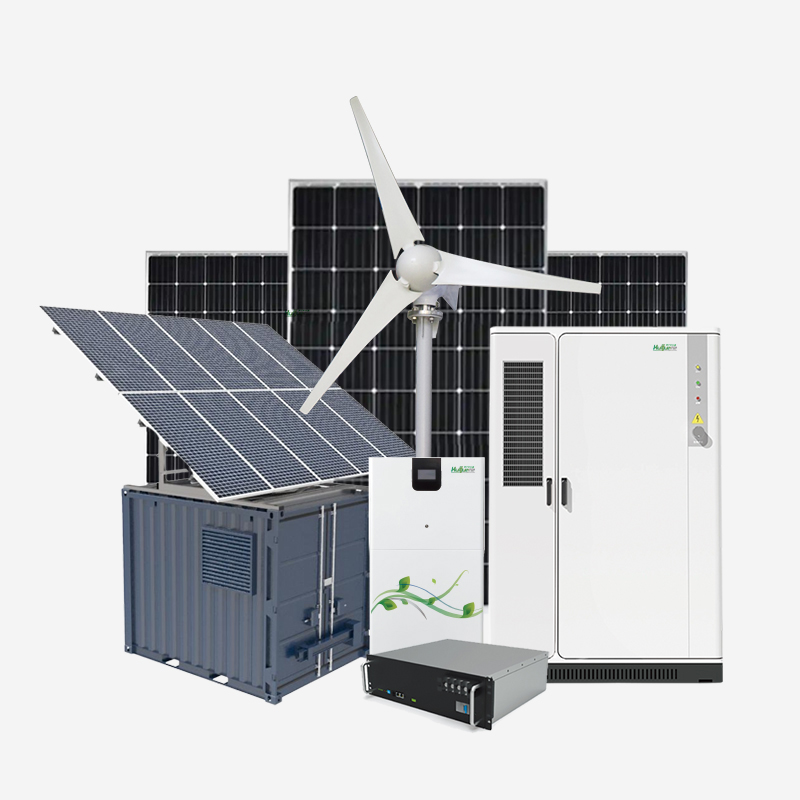



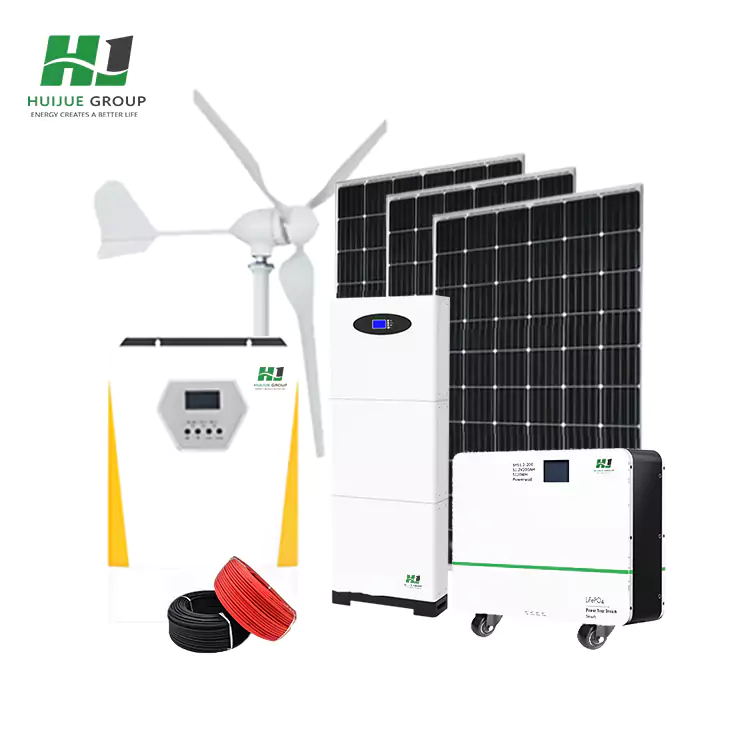

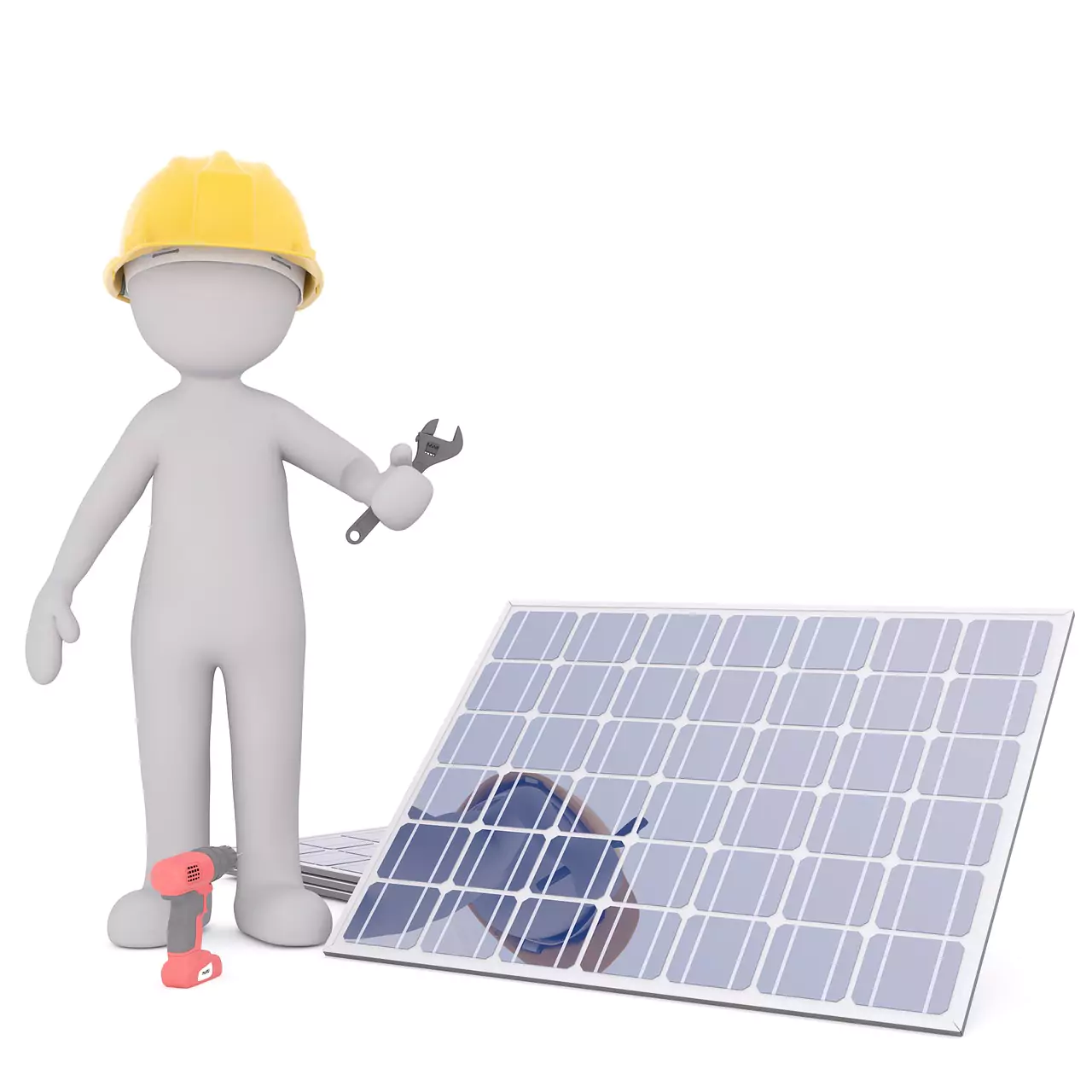
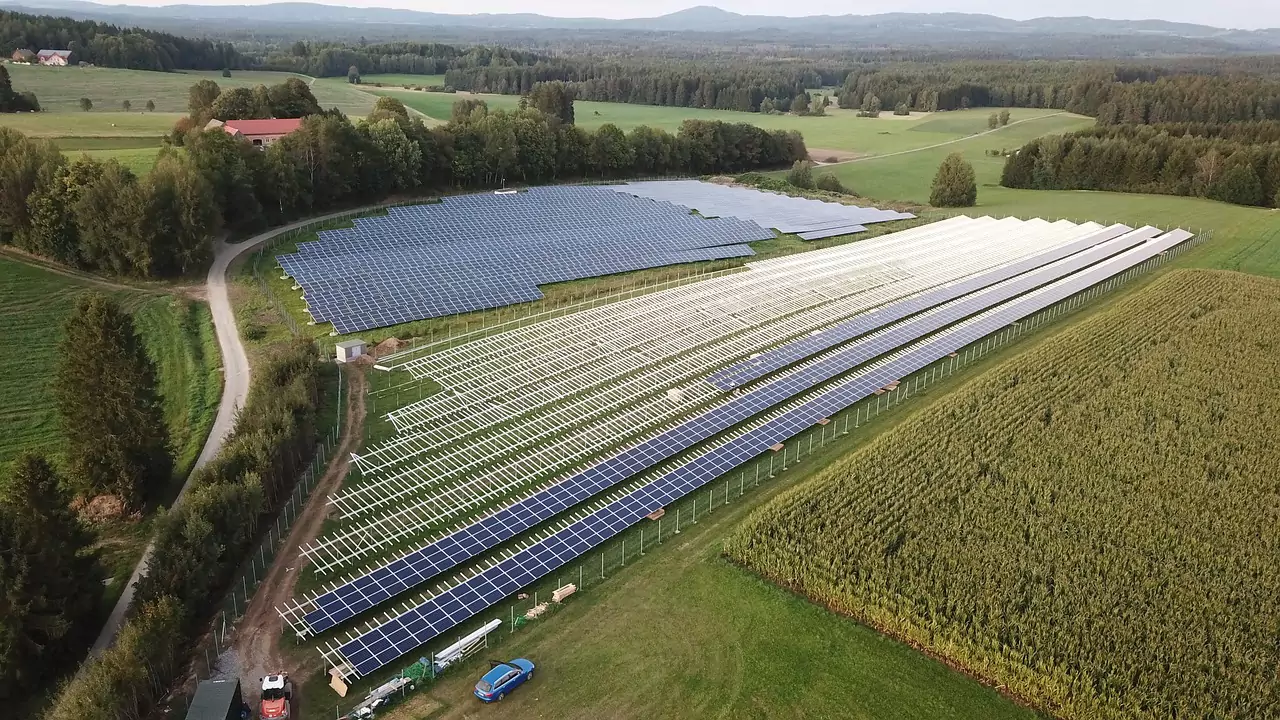

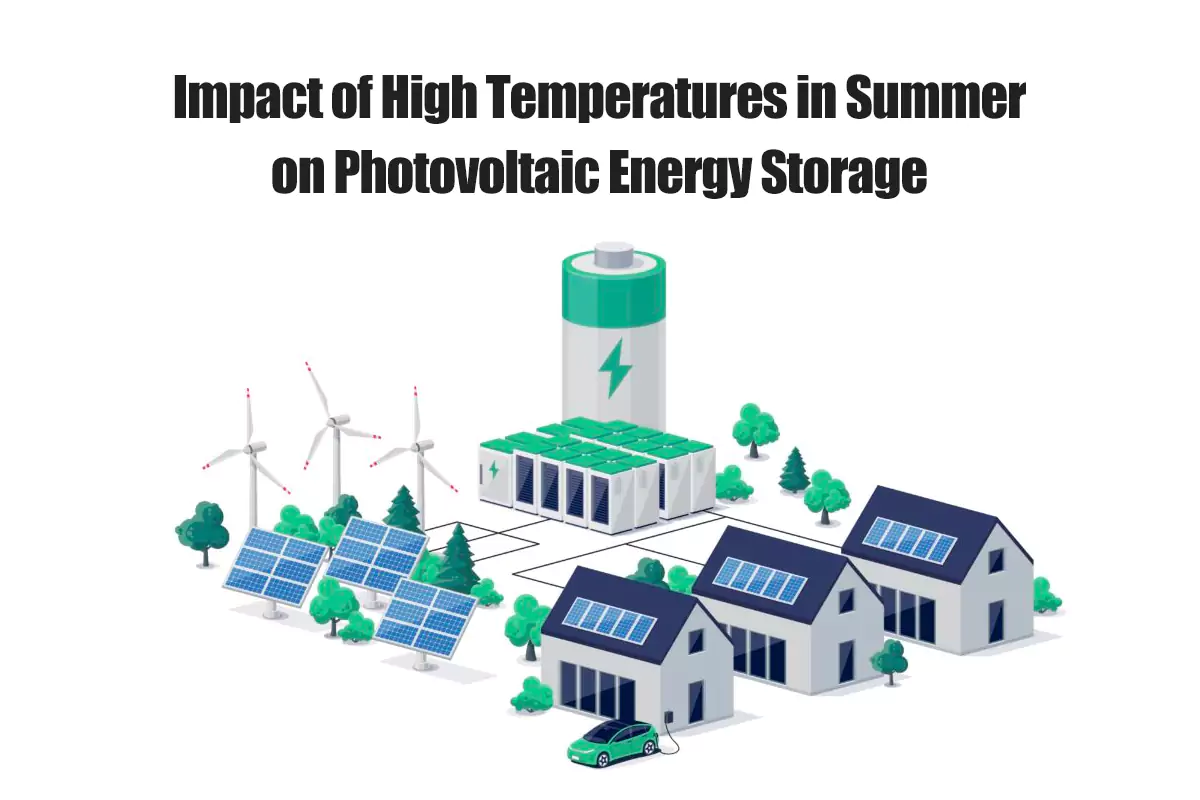
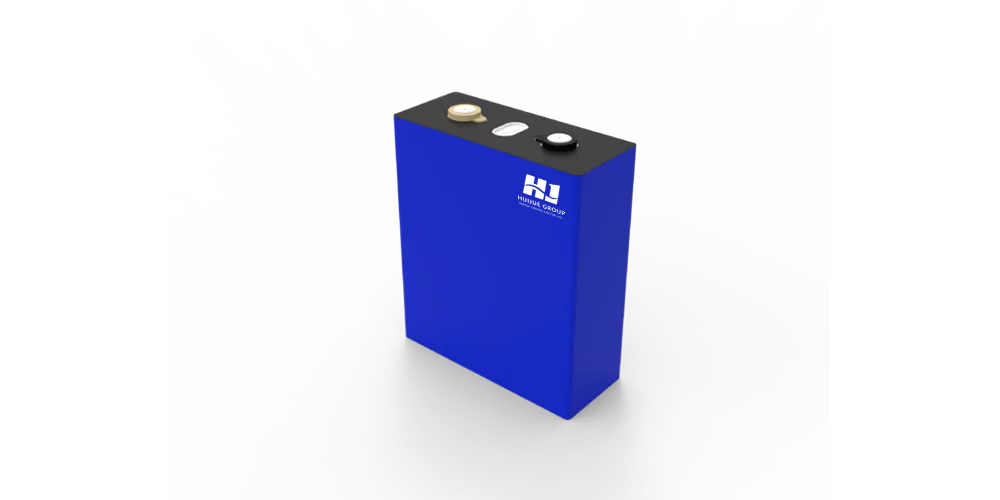

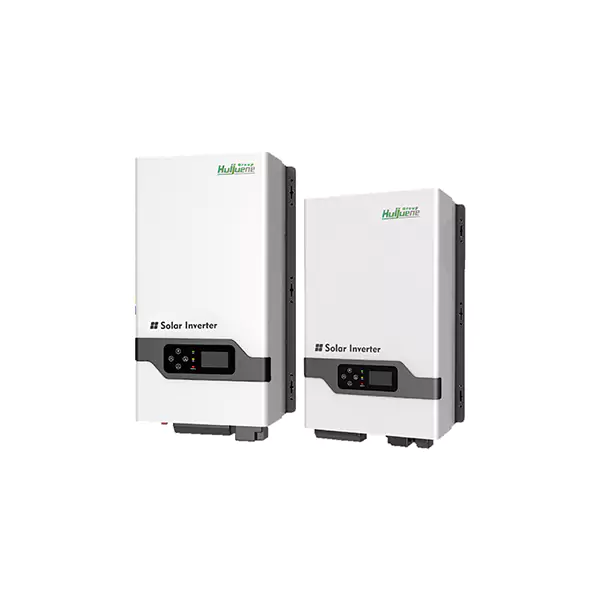


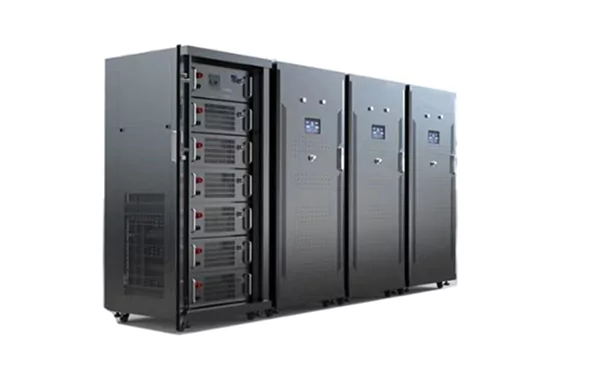


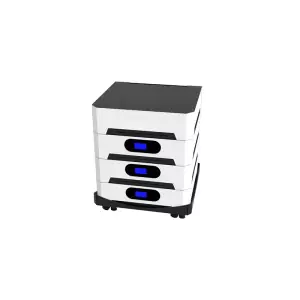
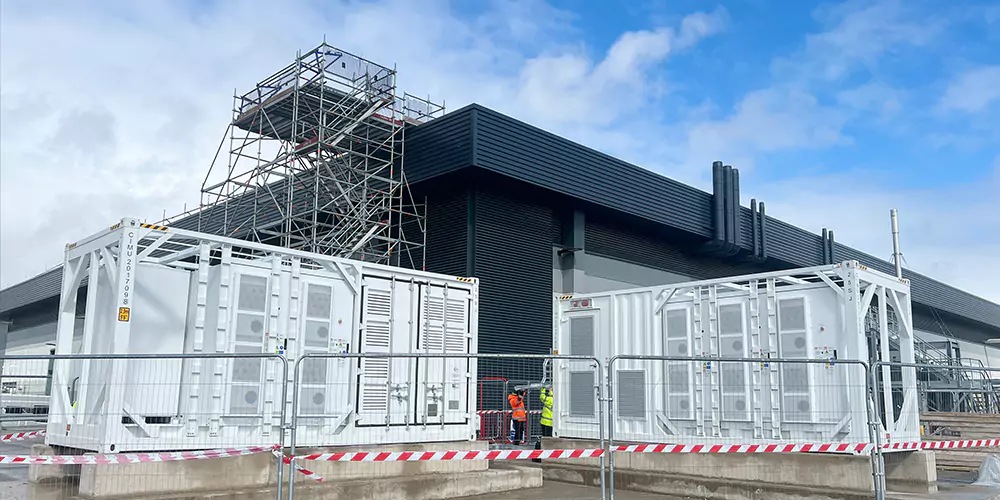
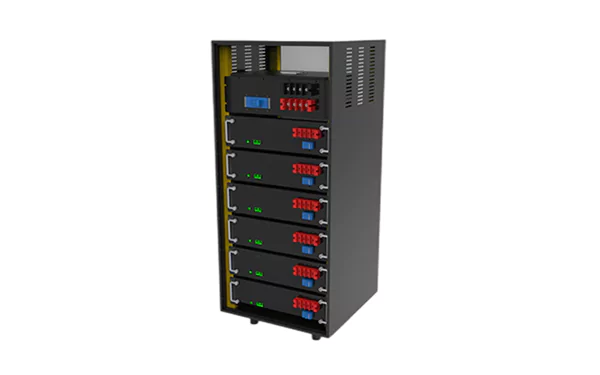

 Inquiry
Inquiry Online Chat
Online Chat